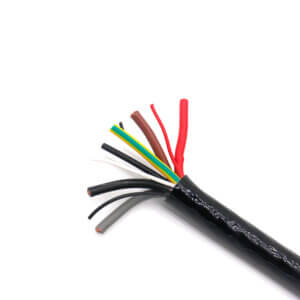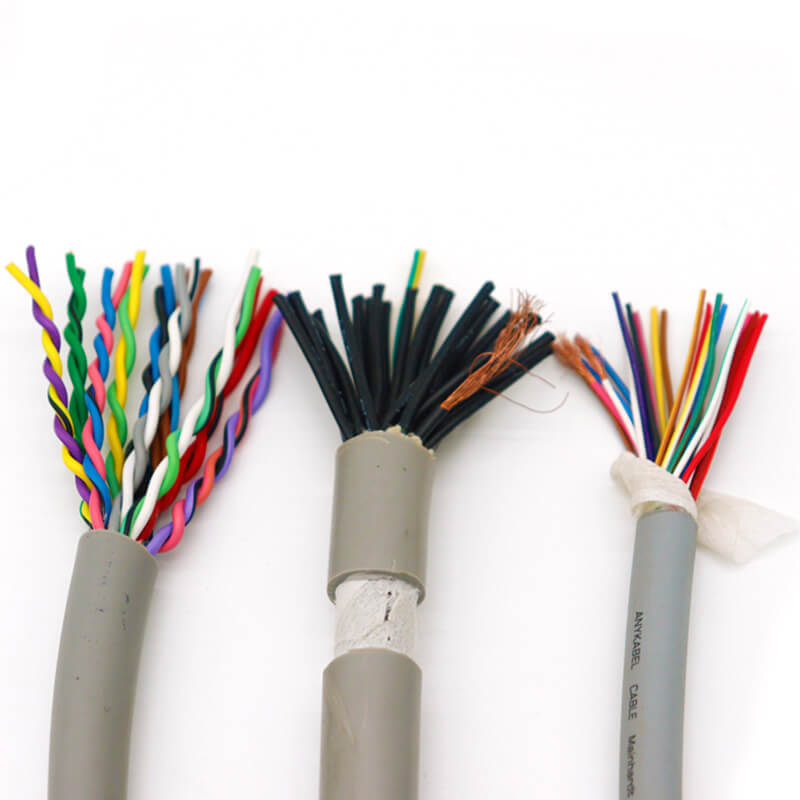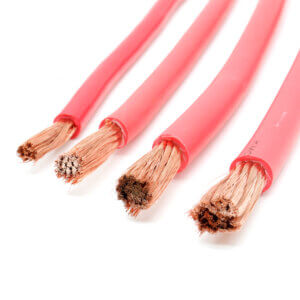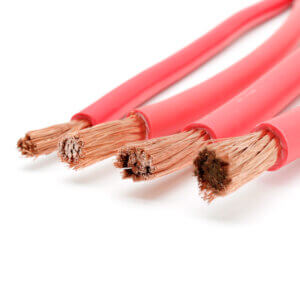PUR Cable vs. PVC Cable
PUR (Polyurethane) and PVC (Polyvinyl Chloride) are both plastics with excellent insulating properties, commonly used in cables. However, they differ in several aspects, particularly in their suitability for outdoor use and resistance to environmental factors. Below is a comparison of the two materials and their typical applications.
PUR Cable
- Material: Polyurethane (abbreviated as 11Y in the VDE standard)
- Operating Temperature: -55°C ~ 80°C
Common Types:
- H05BQ-F
- H07BQ-F
- PUR-HF
Advantages:
- Oil resistant
- Cold resistant
- Abrasion resistant
- Resistant to ultraviolet radiation
- Low smoke and halogen-free
- Corrosion resistant
- Resistant to chemicals and detergents
Disadvantages:
- Flammable

PVC Cable
- Material: Polyvinyl Chloride (abbreviated to Y in the VDE standard)
- Operating Temperature: -30°C ~ 70°C
Common Types:
- LiYY
- YSLY
- LiYCY
- H05VV-F
Advantages:
- Flame retardant
- Lower cost than PUR
Disadvantages:
- Poor oil resistance
- Moderate corrosion resistance
- Moderate abrasion resistance
- Releases toxic gases when burning
Applications: Where Are PUR and PVC Cables Used?
- PUR Cables: Due to their excellent mechanical properties and weather resistance, PUR cables are ideal for harsh environments. They are often used in trailer cables, drag chain cables, outdoor power and control cables, and in chemical industry production sites.
- PVC Cables: PVC cables are versatile and used in a wide range of applications, including residential building wiring. In less demanding industrial environments, PVC is often used for data cables and control cables.
Want to know about the PVC cable and PUR cable ? Visiting our pvc page and pur page to find more.




